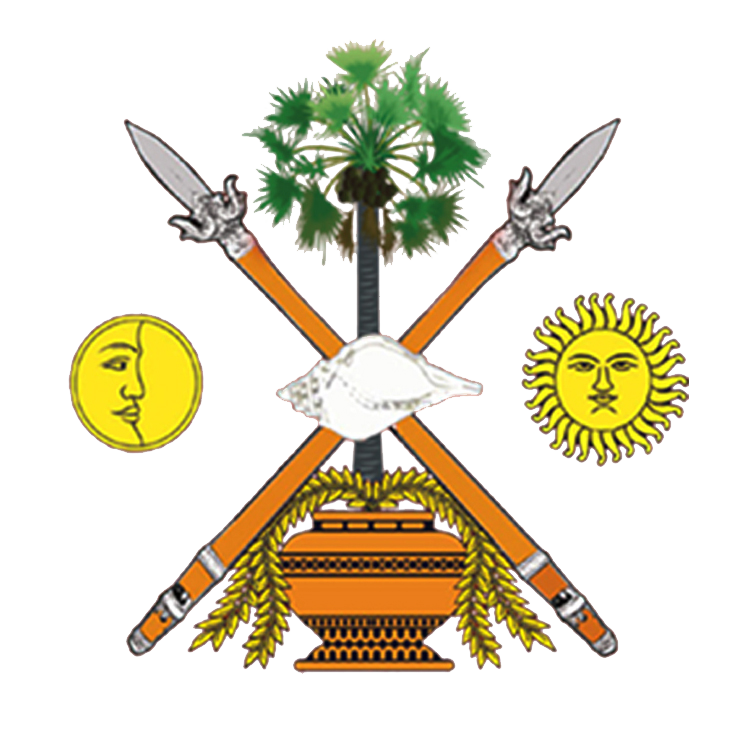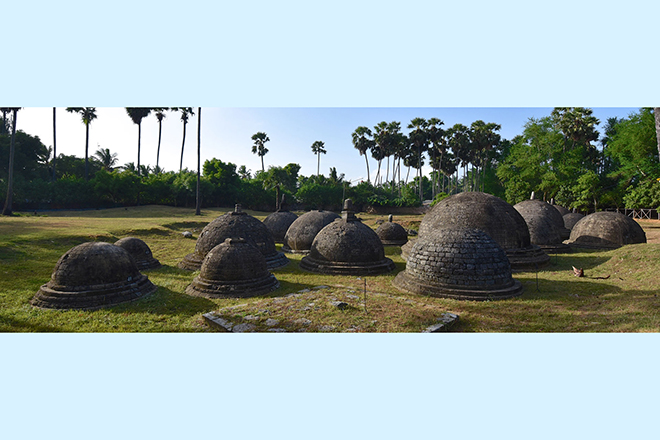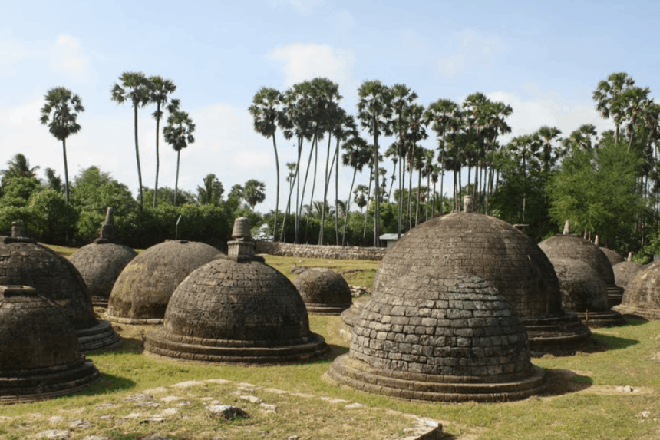Kandarodai ruins in Chunnakam Jaffna, an ancient Buddhist monastery, also known as Kadurugoda temple of Hunugama from Yapapatuna is one of the standing historical evidence for existence of Buddhist civilization in the Northern region. The main religious attraction in this place is 60 stupas built in various sizes. It is believed that those stupas were constructed to enshrine the relics of 60 Arahath monks who lived in Punkuduthiv area. Load Buddha is believed to have visited this site to rest for a while during his second visit to Sri Lanka thus place became venerated.
According to reports, the archaeological importance of this site was first identified by a former district judge of Jaffna, Mr. Paul E Pieris in 1917. Some Buddha statues, coloured tiles, coins were found from the site belong to Anuradapura and Polonnaruwa period i.e. 2nd century BCE to 13th century CE during the archaeological excavations done in 1917-1919. Those artifacts are displayed in the Jaffna Museum for the public.
Portuguese referred to this place as Kandarakuddai in their documents. According to an old inscription (called Aththane Tam Lipiya) found in this site, the King Kashyapa the Fourth has made a donation to the shrine in the 9th century CE.
Kadurugoda Temple was destroyed in the 16th century during the time of king "Sangili" who ruled Jaffna. Ruins were spread across a land stretch more than 7 acres in 1948 and today this historical site remains in less than a 3 acres due to encroachment of settlers around it.




